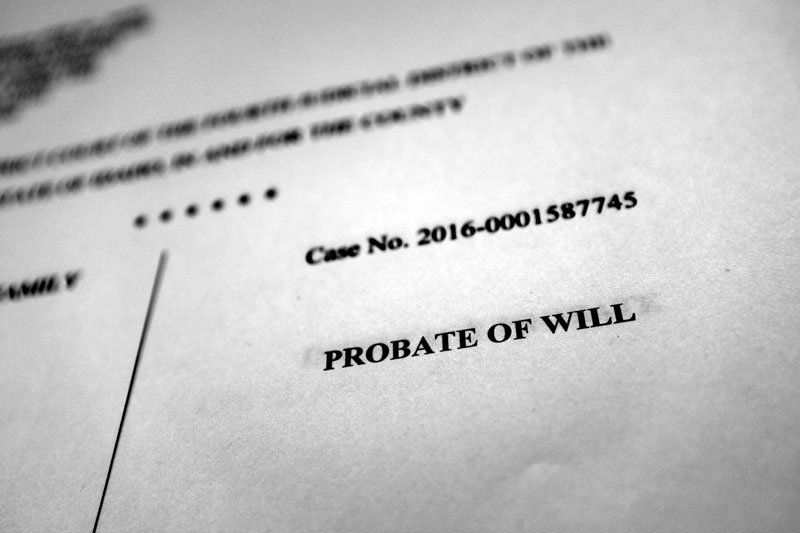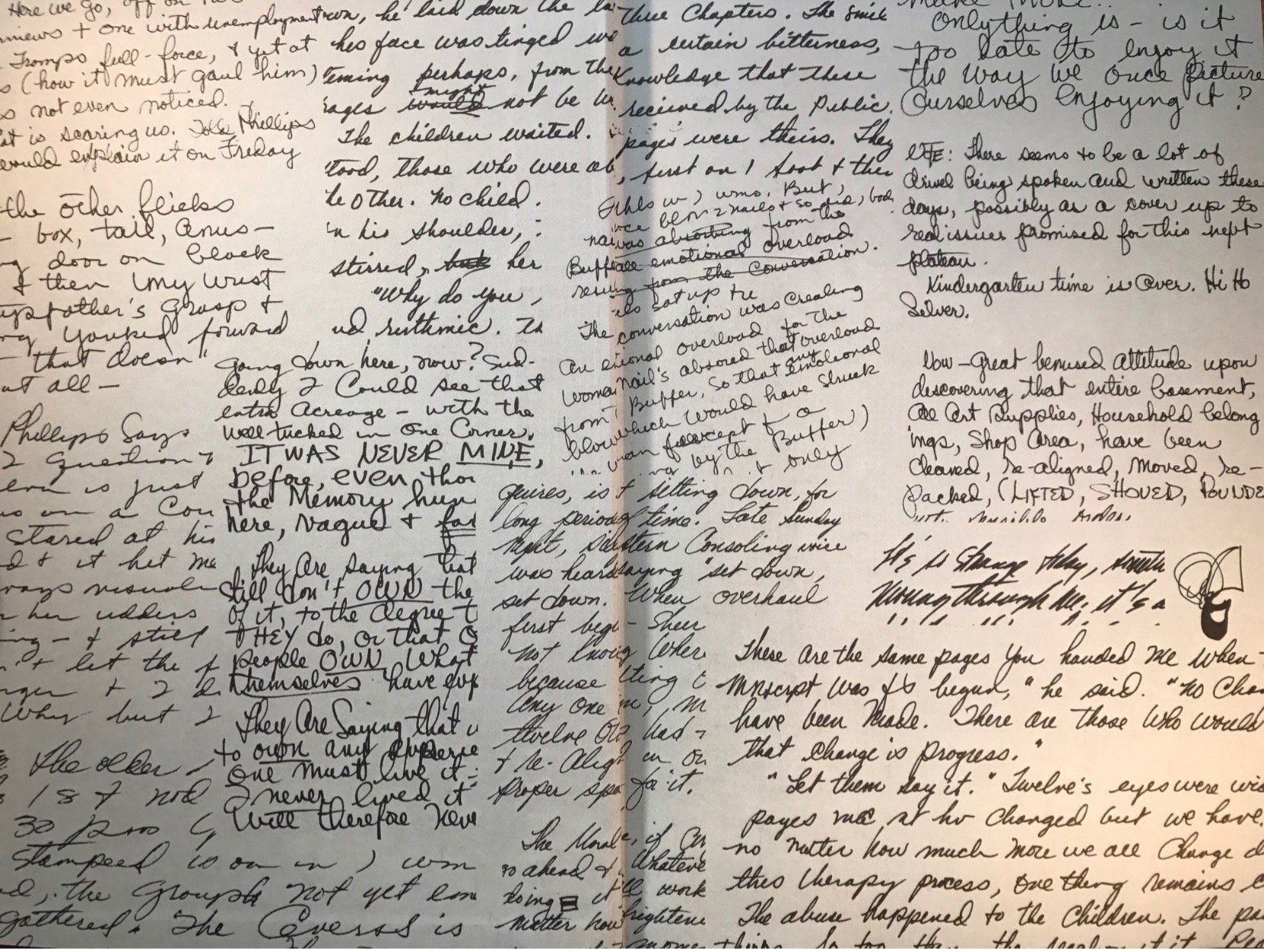General Principles of Forensic Handwriting Examination
In order to determine the authenticity or lack of authenticity of a signature, forensic handwriting examination procedures involve using two evaluations simultaneously. These handwriting examination procedures have been documented and tested, both empirically and experimentally, for over 100 years. The guiding principles require that an examination must search for patterns of characteristics that indicate genuineness, as well as patterns of characteristics that may indicate simulation or disguise.
Natural variation in a person’s writing precludes it from being mechanically precise; therefore, a person’s signatures are never exactly alike.
Individual handwriting characteristics, unique to a particular writer, exist in every person’s handwriting, distinguishing it from every other person’s handwriting.
Handwriting characteristics to be analyzed may include line quality (one of the strongest points of identification in handwriting is the alignment of the writing with the baseline), pressure patterns, rhythm, slant, slope, size and proportions, utilization of space and spatial alignment, initial and terminal strokes, writing speed, legibility, skill level, letterforms, types of connectors, methods of construction, and idiosyncratic characteristics and patterns thereof.
Some handwriting characteristics in Questioned handwriting/signatures may be significantly similar or significantly dissimilar/different to evidence found in comparison handwriting/signatures, while other handwriting characteristics may be only similar or dissimilar/different to evidence found in the comparison handwriting/signatures.
A similarity is a handwriting characteristic in common between two or more handwritten items and may be common among many writers (Ex. how a cursive capital 'A' is written) Influences such as childhood training or a similar style may cause two people to write similarly.
A dissimilarity/difference is a handwriting characteristic not in common between two or more handwritten items of a writer. (Ex. variations in way a capital ‘S’ is written.) A person might write a formally written cursive ‘S’ more carefully written than a printed ‘S’ scrawled on a grocery list.
A significant similarity is an identifying handwriting characteristic in common between two or more handwritten items (Ex. the distinctive style of writing an ampersand) falling within the range of natural variation of the writer.
A significant dissimilarity/difference is a handwriting characteristic that varies between two or more handwritten items and falls outside the range of natural variation of a writer.
Blog Articles
About FFD
Forensic Document Examination and Handwriting Identification Services Provided Nationwide
Contact info
Examination Facility and Main Office
PO Box 185
Virgilina, VA 24598
Near South Boston, VA
Two Paragon Place
6802 Paragon Place, Suite 410
Richmond, VA 23230
Copyright © 2004-2024. ForensicForgeryDetection.com (All Rights Reserved)



